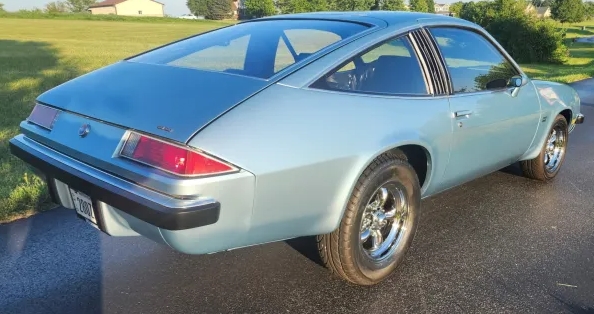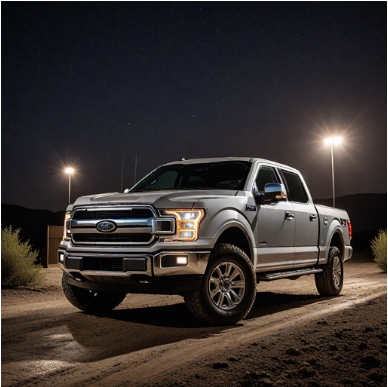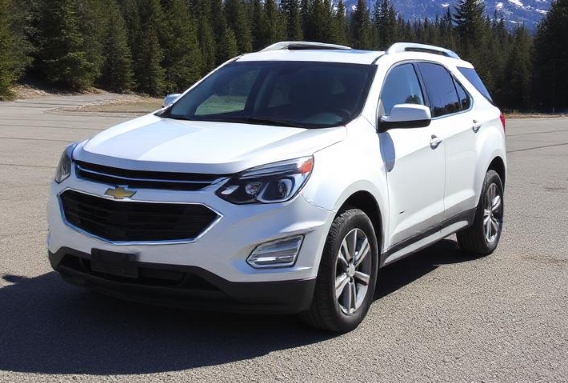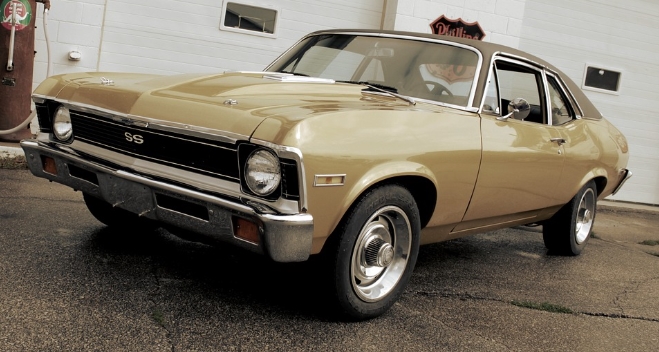The Evolution of the Chevrolet Monza
The Chevrolet Monza, a name that may evoke nostalgia for many, represents a significant chapter in the automotive history of General Motors. Produced between 1975 and 1980, the Monza became synonymous with compact performance, offering consumers a combination of style, versatility, and efficiency during a transformative era for the American automobile market. This article explores the evolution of the Chevrolet Monza, detailing its production years, models, trim levels, and impact on the automotive landscape.
Origins and Development (1975-1980)
The Chevrolet Monza was introduced in 1975 as a response to the rapidly changing automotive industry in the U.S. during the 1970s. Following the energy crisis, there was a growing demand for compact cars that could deliver both fuel efficiency and performance. The Monza was based on General Motors’ innovative “X-Body” platform, shared with other Chevrolet models like the Nova and the Pontiac Ventura.
Production Years:
- 1975 to 1980: The Monza was manufactured for a total of six years, during which it was updated and tailored to meet consumer demands.
Models and Trim Levels
Throughout its production, the Chevrolet Monza was offered in several models and trim levels, allowing buyers to choose according to their preferences and budgets.
1975-1979: Standard Models
- Monza 2+2: The inaugural model featured a hatchback configuration that appealed to young drivers and families alike. The “2+2” nomenclature suggested a sporty attitude, emphasizing versatility for both passenger and cargo transport. The 2.5L four-cylinder engine and optional 5.7L V8 were available, making it a well-rounded choice.
- Monza Spyder: In 1976, Chevrolet introduced the Spyder package, which accentuated the Monza’s performance credentials. The Spyder included distinctive styling cues, such as a unique body stripe, sporty alloy wheels, and a lively V8 option. This trim level appealed to performance enthusiasts looking for an affordable platform.
- Monza GT: The Monza GT, released in 1979, wielded enhanced performance features, offering a 305 V8 engine as an option. It also sported a more aggressive exterior styling, including a front spoiler and distinctive graphics that emphasized its sporty image.
1980: The Final Model Year
In its final production year, the Chevrolet Monza underwent some changes. New options were introduced along with a decrease in demand, leading to modifications in its manufacturing. The models were streamlined primarily to keep pace with changing emission standards and fuel economy requirements.
- Monza base model: The last iteration still retained the hatchback layout while offering a standard four-cylinder engine with an optional V8 for those craving additional power.
- Monza Spyder (Revised): The Spyder trim was revised with further emphasis on fuel efficiency. It was a symbolic nod to the Monza’s sporty roots while adapting to the era’s demand for practical solutions.
- Monza Sunbird: In a collaborative effort with Pontiac, the Monza nameplate was used for the Pontiac Sunbird, further blurring the lines between the Monza and other Chevrolet offerings.
.

.
Notable Features and Changes Over the Years
Engine and Performance
During its production run, the Monza was available with several engines that defined its performance capabilities. The standard offering included a 2.5L “Iron Duke” four-cylinder engine. However, performance-oriented buyers often opted for the 5.0L and later the 5.7L V8 engines. The availability of a manual transmission catered to driving enthusiasts, whilst automatic transmissions attracted those favoring comfort.
Body Styles and Design
The Monza’s hatchback body style was pivotal to its charm and functionality. The sporty yet practical design offered a generous amount of rear cargo space with fold-down rear seats, making it versatile for everyday usage. Throughout its production, the interior was marked by a blend of practicality and a sporty aesthetic, appealing especially to younger buyers.
Suspension and Handling
Chevrolet equipped the Monza with a tuned suspension system, enhancing its handling and responsiveness. This was particularly notable for the Spyder and GT trims, which featured a firmer setup to cater to sporty driving enthusiasts. The vehicle’s lightweight architecture contributed to its agile performance, making it feel lively on the road.
Legacy and Impact
The Chevrolet Monza made a lasting impact on the compact car market during its production run. As one of the first models to embrace the growing demand for fuel-efficient vehicles, it helped redefine what consumers expected from a small car. Its sporty demeanor combined with practicality set a precedent for future Chevrolet models.
Post-production, the Monza also influenced the platform and design of later models. The compact market continued to evolve, with GM introducing successors and utilizing the lessons learned from the Monza’s development.
Conclusion
The Chevrolet Monza remains an iconic representation of American automotive history. Produced from 1975 to 1980, its range of models and trim levels appealed to a diverse audience, from performance enthusiasts to families in need of compact transportation. While the Monza may no longer be in production, its legacy lives on, as it shaped the direction for future compact cars and left a lasting impression on the hearts of those who enjoyed its spirited performance and style.
As we look back on the era that birthed the Monza, we appreciate its role in shaping consumer preferences and the automotive landscape of the time—an era filled with innovation, shifting demands, and the rise of compact cars that met the needs of a changing world.







